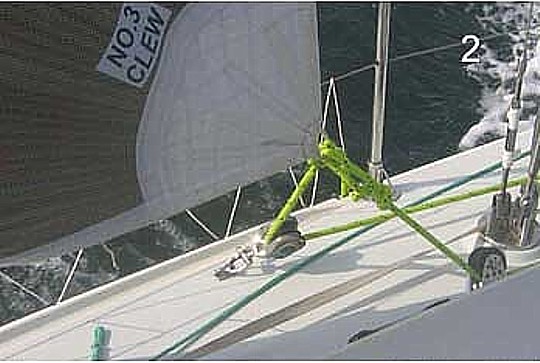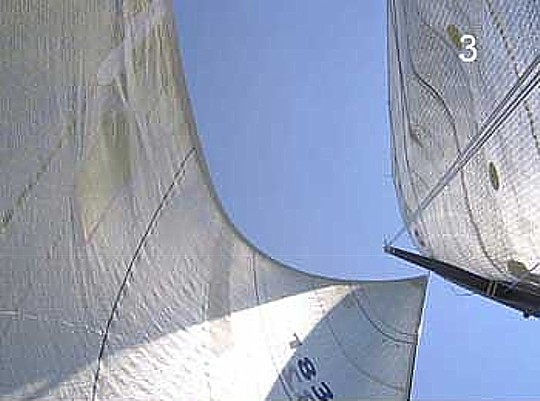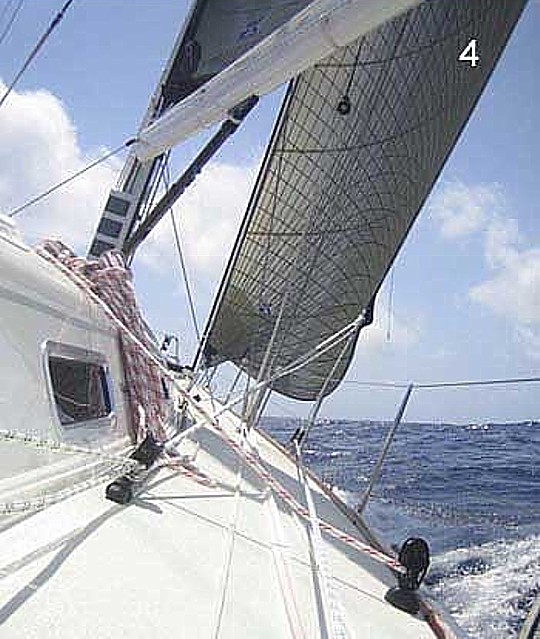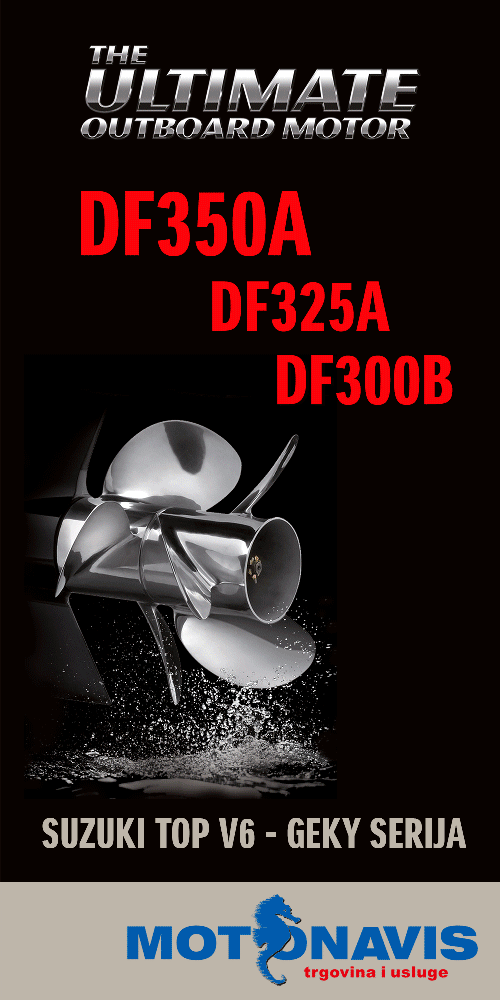Jib reaching is fast and fun. Just ease the sheet and go fast. But getting the most out of your genoa when reaching requires a bit more work. When the genoa sheet is eased, the place to sheet the sail needs to move forward and outboard. Here is why:
First, when you ease the genoa sheet as you fall off to a reach, the clew of the sail rises allowing the top of the sail to twist open. The more the top twists open, the more the top of the sail luffs, which is all lost driving force. Moving the lead block forward keeps the trimming angle correct so that the top of the genoa does not twist open.
Also, as you fall off to a reach and ease the mainsail out, it moves toward the genoa and closes off the slot between the two sails. This is slow. Moving the lead out to the toe rail moves the leech of the genoa away from the mainsail.

To set an outboard lead, you need an extra sheet and a snatch block. The snatch block goes to a track on the toe rail, or you can have pad eyes installed (with backing plates) at the outer edge of the deck. (see photos 1 and 2) Photo 1 shows the lead block on a track and Photo 2 shows the outboard lead attached to pad eye.
The lead block should be set far enough forward to keep the top of the genoa from luffing. When you look up at the sail, all the draft strips should have a smooth arch as in Photo 3. If you look back to Photo 1, you will see how far forward the block was moved to get the sail to set this well. In the picture, the lead car on the inboard track is in the normal upwind position, while the outboard lead is four feet farther forward on the toe rail.
When sailing upwind, you only need to adjust the genoa lead block forward or aft to get the sail to trim correctly. A good quick tune method for upwind sailing is to position the lead block so that the sail touches the chainplates and top spreader at the same time. When you are reaching, the sail moves out away from the boat and you lose this easy gauge.

The quick-set method for reaching is to move the lead block forward enough so that the angle of the genoa sheet points to the middle of the luff of the sail. Of course, the precise method for checking the lead block position is to make sure the three sets of telltales along the sail's luff are reacting the same. If the top inside telltale is dancing up, move the lead block forward even more. (See our article on setting genoa lead cars in the Learning Center of our website.)
There are times when the proper lead position is somewhere in between the outboard and normal track. In those cases you can "split the lead by trimming on both the inboard and outboard sheets to get the sail to set correctly. (see Photo 2 again) Notice how the clew ring is twisted as both sheets are applying pressure.
Finally, Photo 4 shows how well an outboard lead opens the slot between the main and the genoa, while keeping the top of the genoa from being under-trimmed.
UK-Halsey























